Understanding the resilience of Mexico City to future water crises
Long-term solutions for water poverty in one of the world's largest cities in the face of climate change and a growing population.
25/01/2022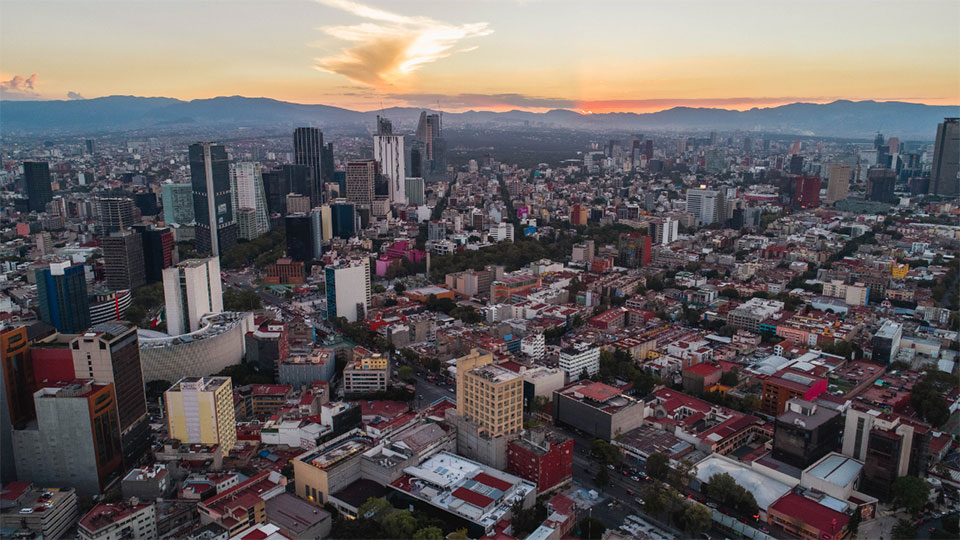
Mexico City is one of the world’s largest cities and its population, geographical setting and aging infrastructure have put its natural water reserves at risk. Climate change and a growing population are forecast to put further strain on these reserves, making water crises and water poverty increasingly common. Long-term solutions need to look beyond purely technical water-management solutions and integrate sociological processes into future practices.
Socio-hydrological resilience
Socio-hydrology looks at the interactions between people and water, providing a holistic platform to better understand the impacts of water-management practices.
Making cities more socio-hydrologically resilient reduces the potential for water crises in the future. Working with the Architectural Association School of Architecture and the Centre for Advanced Spatial Analysis at UCL, BGS developed a tool for assessing the socio-hydrological resilience of cities, both currently and under various scenarios. This tool allows decision makers to assess the effects of changing water-management practices.
With guidance from local stakeholders, the team looked at how different climate-change scenarios could affect the socio-hydrological resilience of the city and how the development of household-scale wetlands across the city could improve this resilience. These ‘constructed wetlands’ consist of small areas of vegetation, soil and organisms that have been engineered to act as a biofilter to remove pollutants from water. They provide a decentralised, sustainable way to treat waste water, reducing disease and the need for infrastructure maintenance whilst improving access to green infrastructure, thus providing ecological benefit.
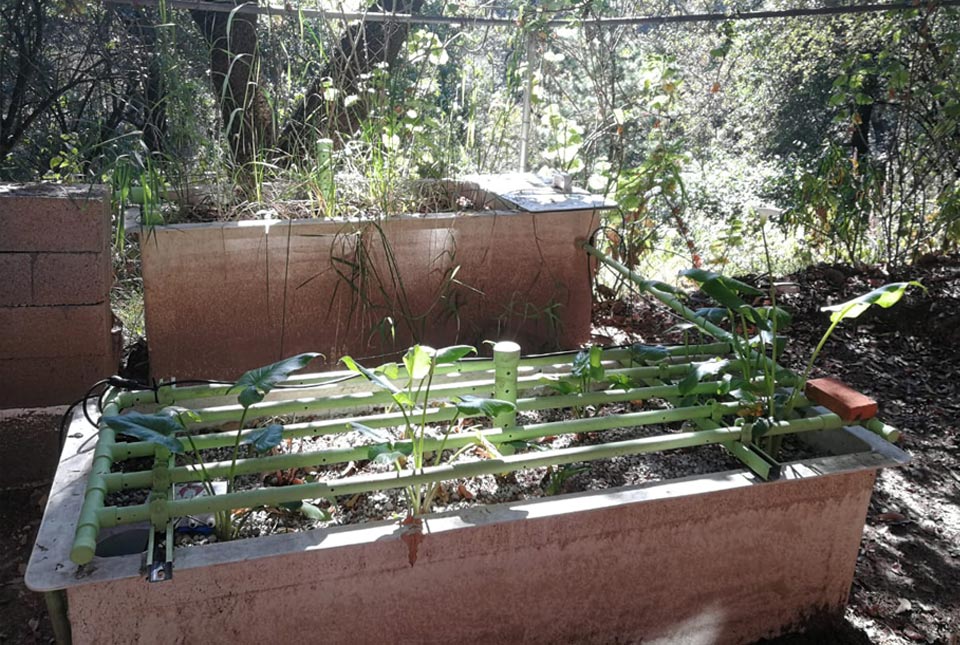
Example of a constructed wetland in Mexico City. © Fluxus 2021.
Mexico City today
The socio-hydrological resilience of Mexico City is currently divided into two main areas. The central and western parts of the city are generally more resilient, whilst the eastern, northern and southern neighbourhoods are less so. In the east and north, this lower resilience is attributed to a reduced capacity for society to adapt to water crises, but in the south, there is greater natural stress on water resources.
The development of constructed wetlands across the city has, under today’s climate, the potential to decrease the number of people vulnerable to water poverty by 32 per cent (around six million people). Wetlands also have the ability to decrease the number of highly vulnerable people by half a million.
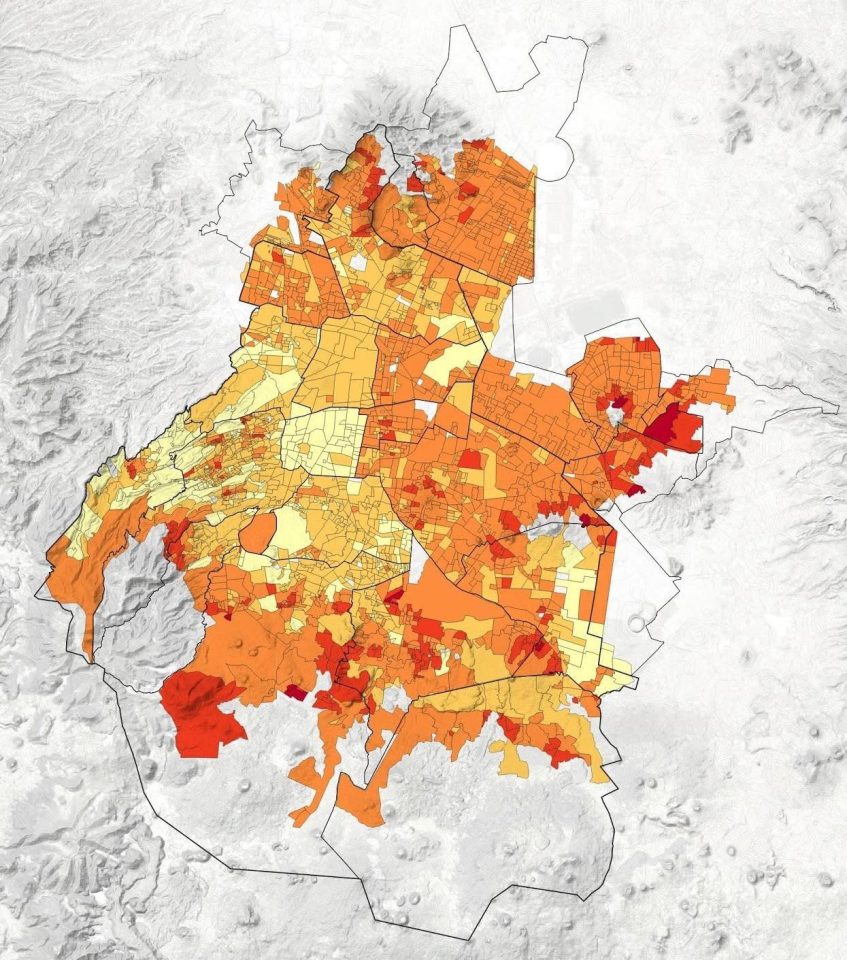
Image showing the socio-hydrological resilience of Mexico City. The dark red regions are less resilient, and the light yellow more resilient, to social and water-related stress. © Architectural Association.
Mexico City in the future
The project found that, with no improvements to water sustainability, around four million people in Mexico City will move from low to moderate vulnerability by 2050. These people will have greater difficulty gaining access to a reliable, clean water supply. Additionally, around seven in every ten people in the city would be classed as highly vulnerable, meaning that they are highly unlikely to have a secure water supply. The team found that optimising the development of constructed wetlands can improve socio-hydrological resilience in the future, bringing levels in line with those that we see today.
Although constructed wetlands have the ability improve socio-hydrological resilience across Mexico City, they will need to be combined with other, decentralised green-blue infrastructure, such as rain-harvesting systems, to further improve resilience in the future.
You can find out more about the project and access the open-source tool by visiting the Mexico Socio-hydrological Resilience website.
Partners and funding
This project was funded by British Council Institutional Links and developed in collaboration with the Architectural Association School of Architecture and the Bartlett Centre for Advanced Spatial Analysis (CASA), a research centre at University College London.
About the author

Dr Andrew Barkwith
Associate Director of Operations
Relative topics
Latest blogs
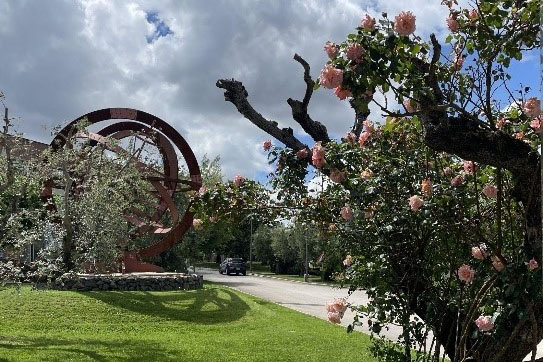
AI and Earth observation: BGS visits the European Space Agency
02/07/2025
The newest artificial intelligence for earth science: how ESA and NASA are using AI to understand our planet.
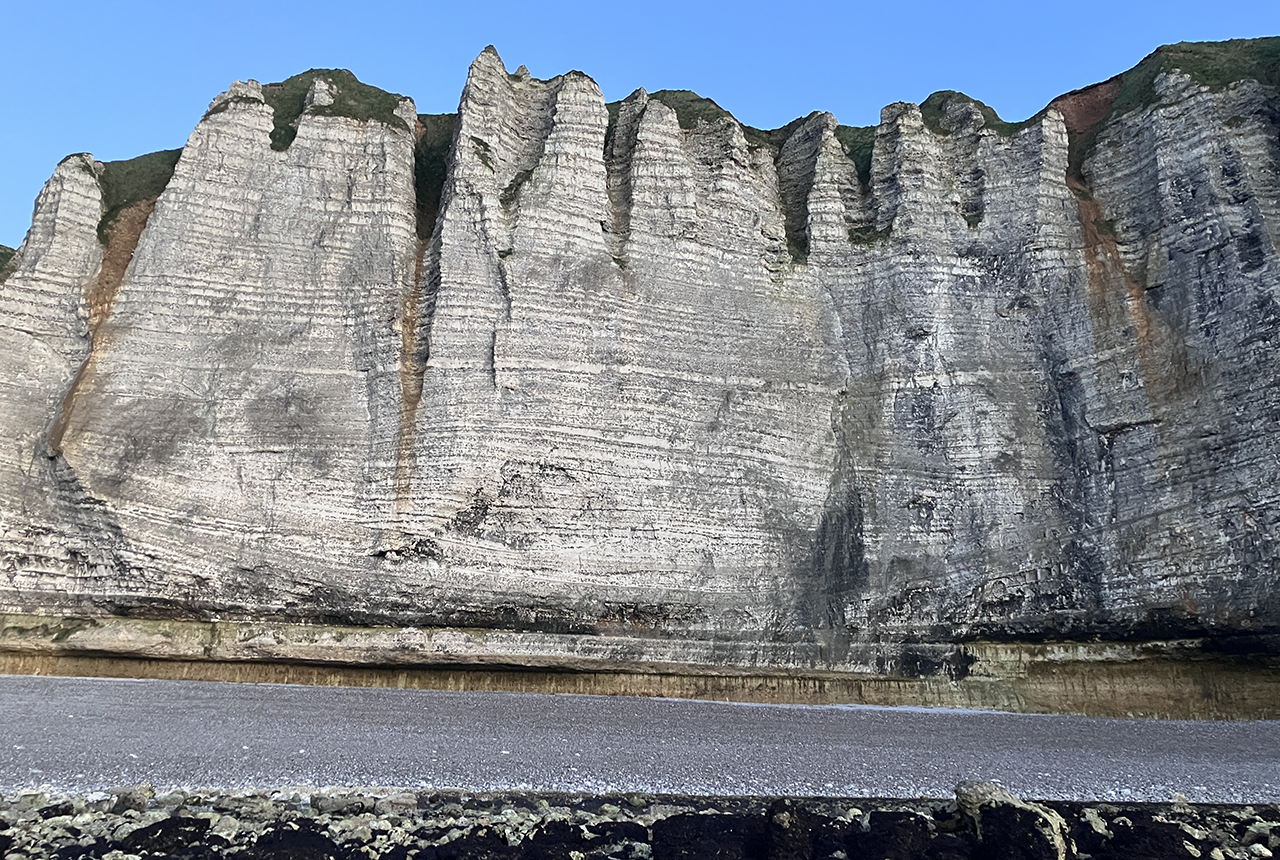
Geology sans frontières
24/04/2025
Geology doesn’t stop at international borders, so BGS is working with neighbouring geological surveys and research institutes to solve common problems with the geology they share.
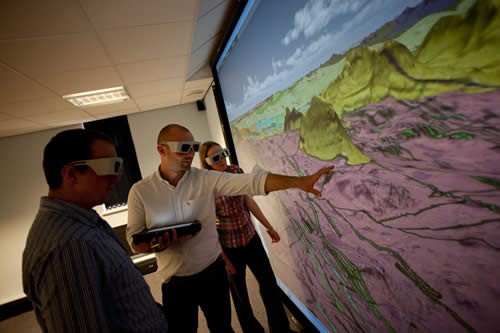
Celebrating 20 years of virtual reality innovation at BGS
08/04/2025
Twenty years after its installation, BGS Visualisation Systems lead Bruce Napier reflects on our cutting-edge virtual reality suite and looks forward to new possibilities.
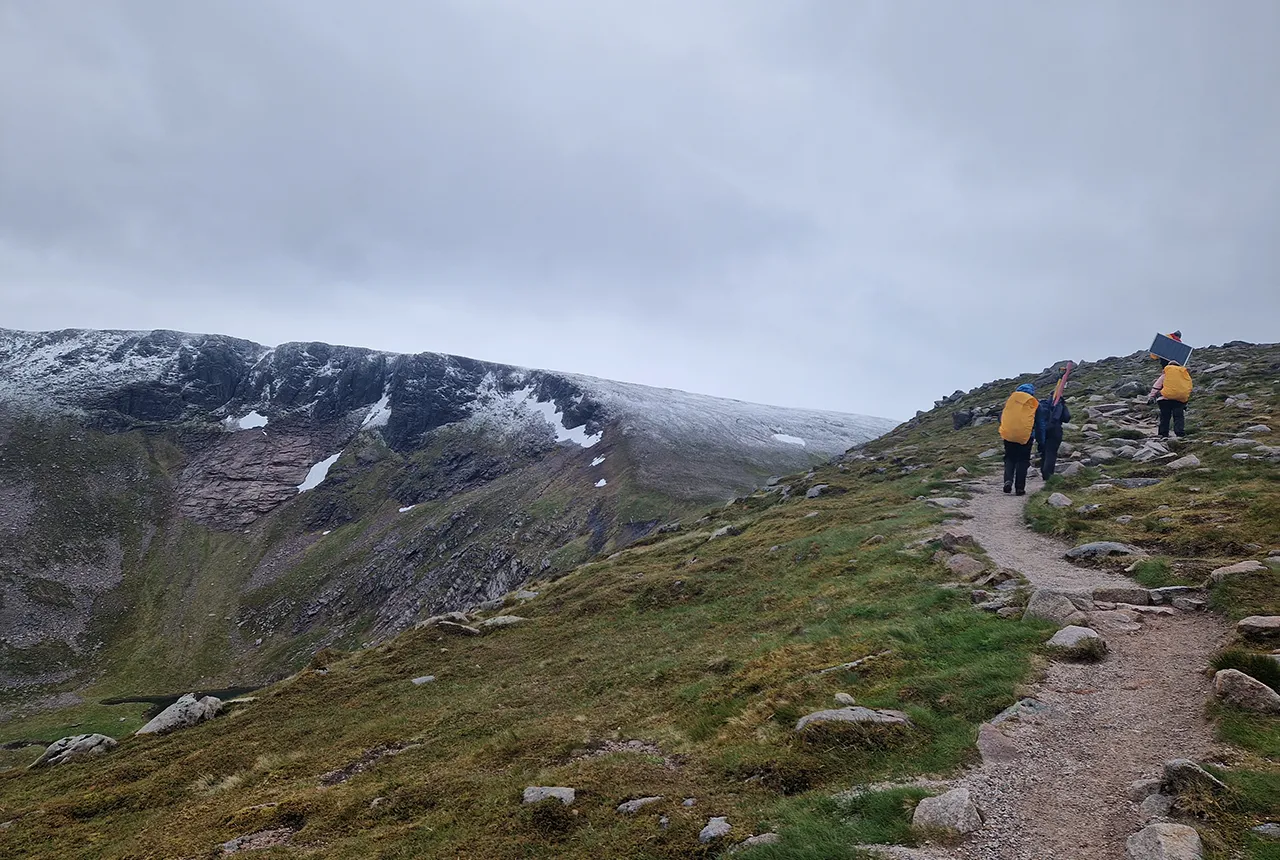
Exploring Scotland’s hidden energy potential with geology and geophysics: fieldwork in the Cairngorms
31/03/2025
BUFI student Innes Campbell discusses his research on Scotland’s radiothermal granites and how a fieldtrip with BGS helped further explore the subject.
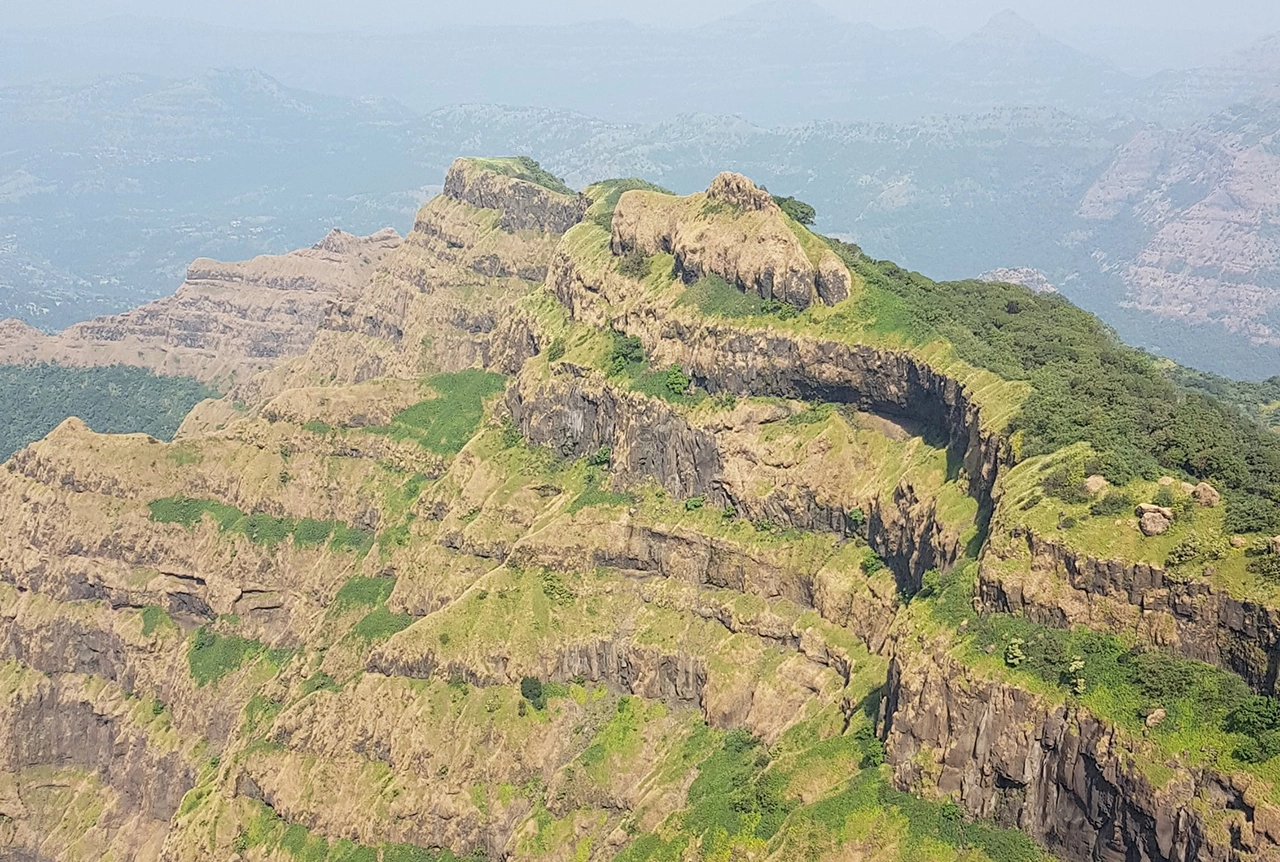
Could underground disposal of carbon dioxide help to reduce India’s emissions?
28/01/2025
BGS geologists have partnered with research institutes in India to explore the potential for carbon capture and storage, with an emphasis on storage.
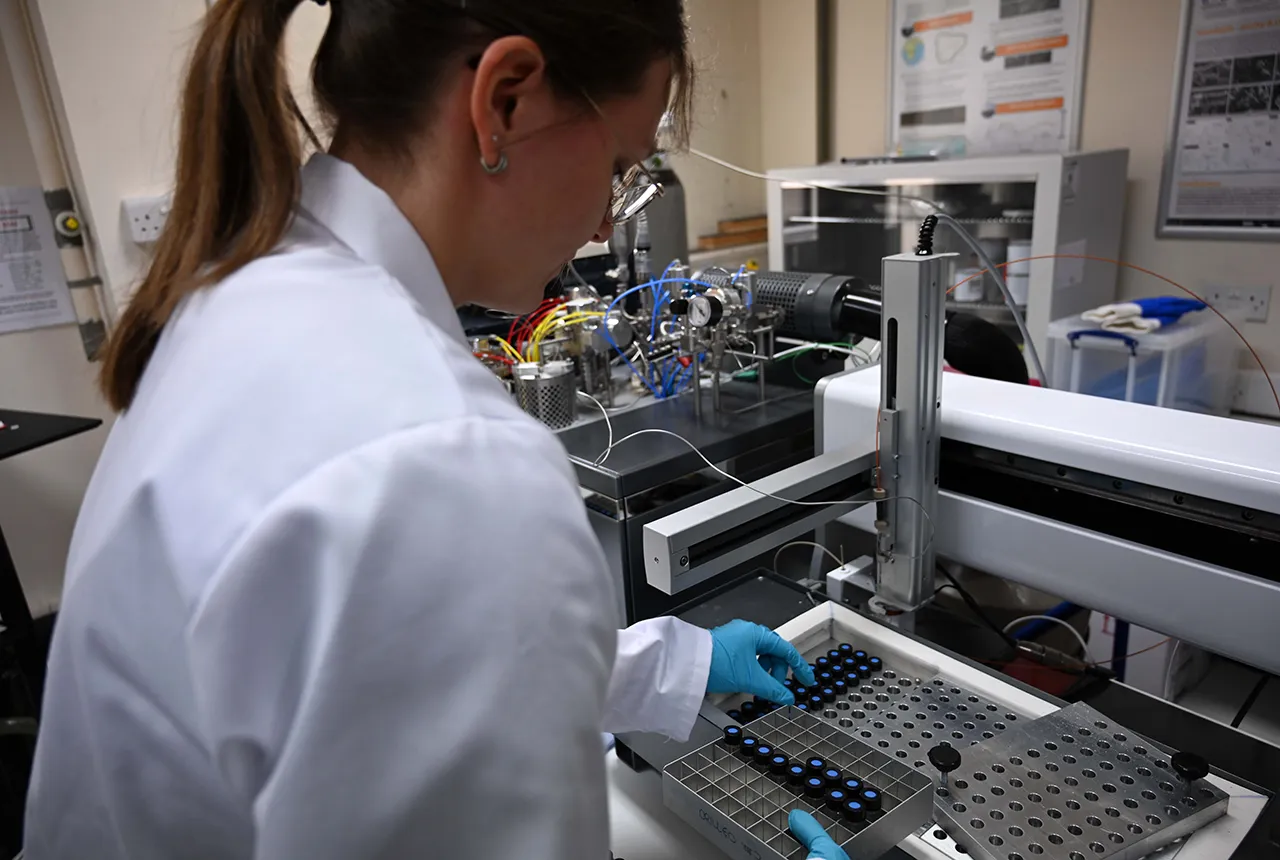
Carbon and oxygen isotope analysis of carbonates and the development of new reference materials
18/12/2024
Dr Charlotte Hipkiss and Kotryna Savickaite explore the importance of standard analysis when testing carbon and oxygen samples.
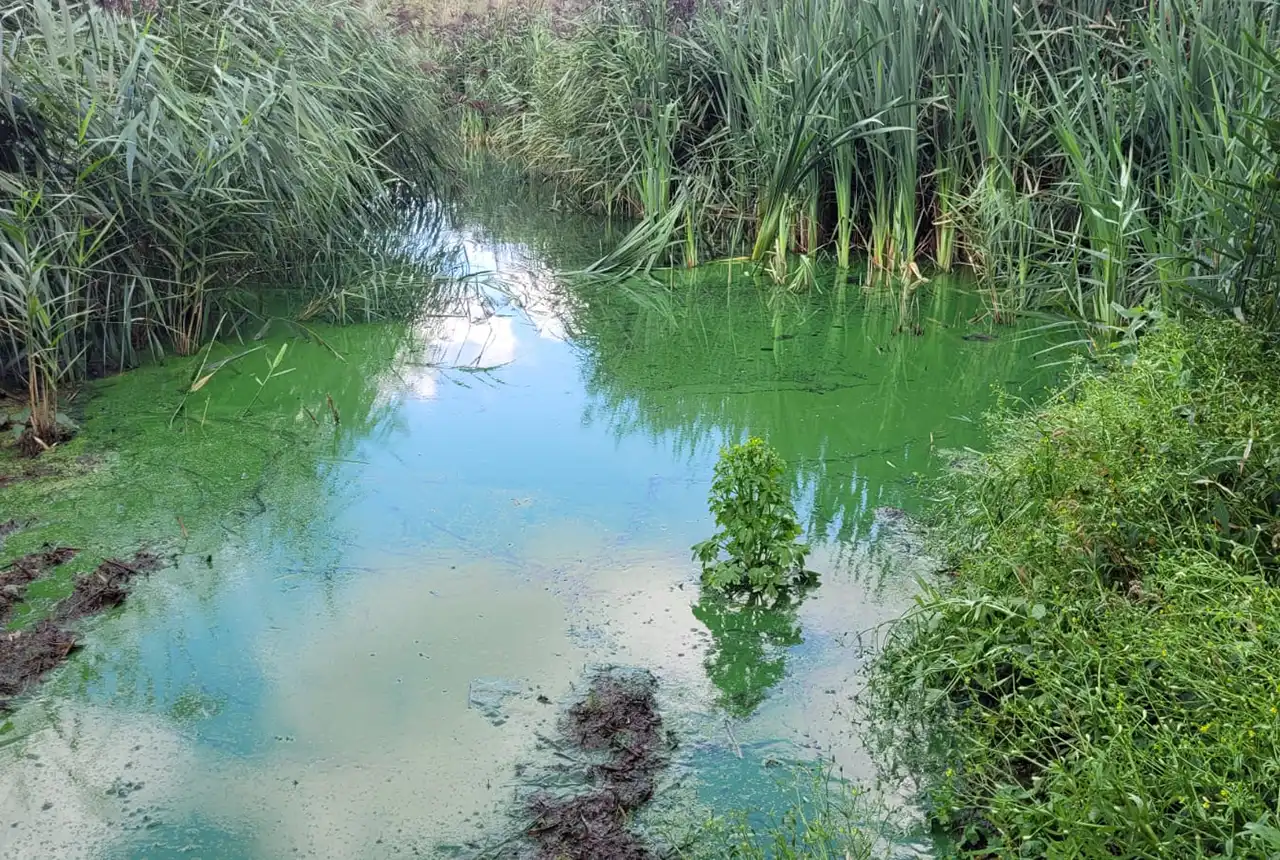
Studying oxygen isotopes in sediments from Rutland Water Nature Reserve
20/11/2024
Chris Bengt visited Rutland Water as part of a project to determine human impact and environmental change in lake sediments.
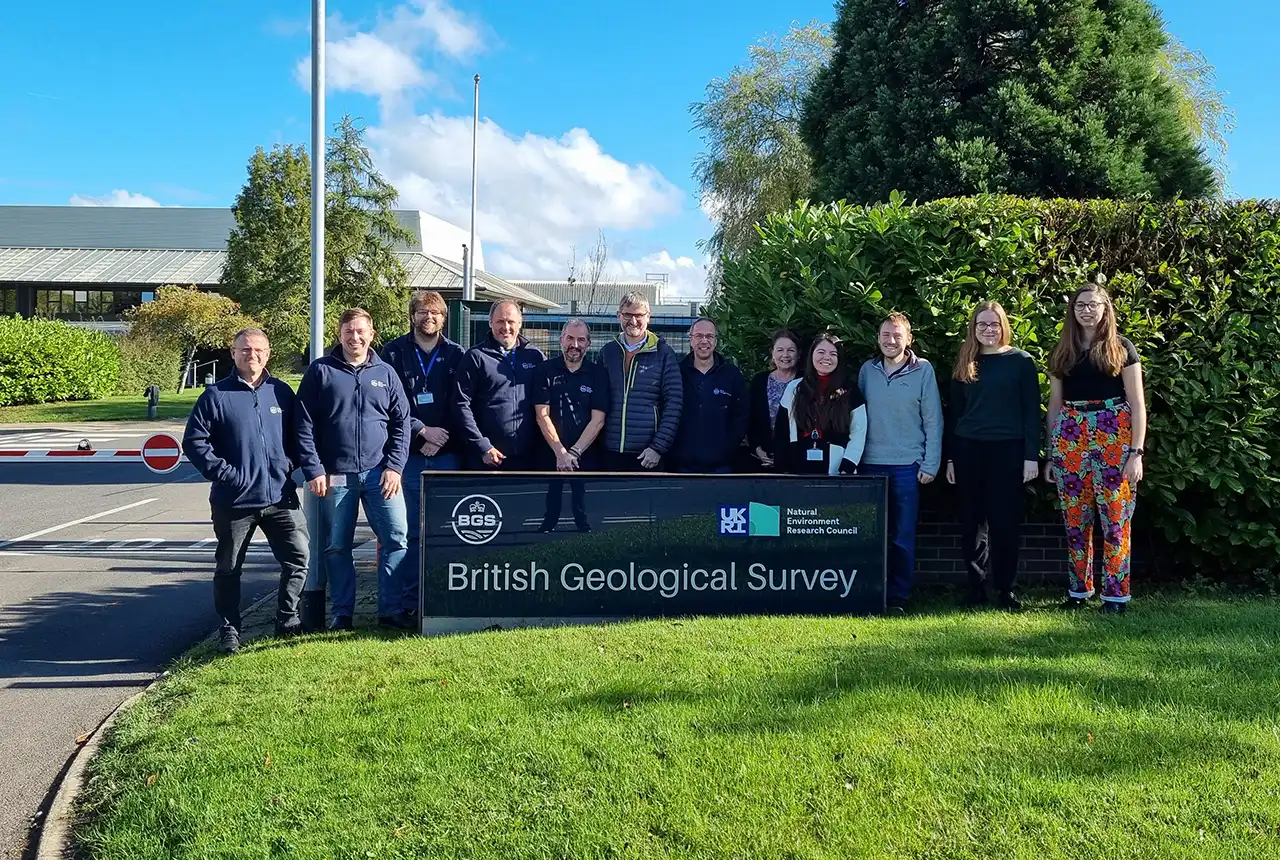
Celebrating 25 years of technical excellence at the BGS Inorganic Geochemistry Facility
08/11/2024
The ISO/IEC 17025 accreditation is evidence of technical excellence and reliability, and a mark of quality assurance.
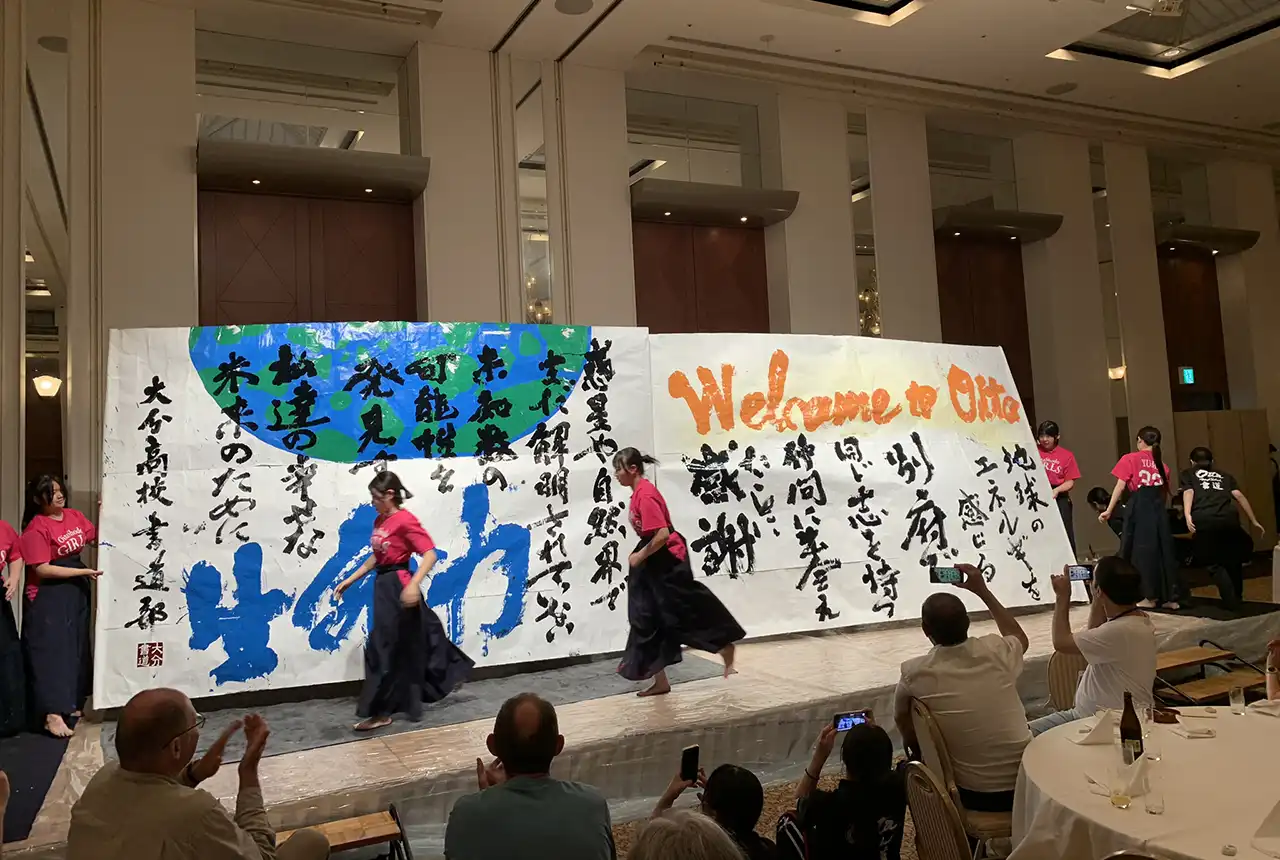
Electromagnetic geophysics in Japan: a conference experience
23/10/2024
Juliane Huebert took in the fascinating sights of Beppu, Japan, while at a geophysics conference that uses electromagnetic fields to look deep into the Earth and beyond.
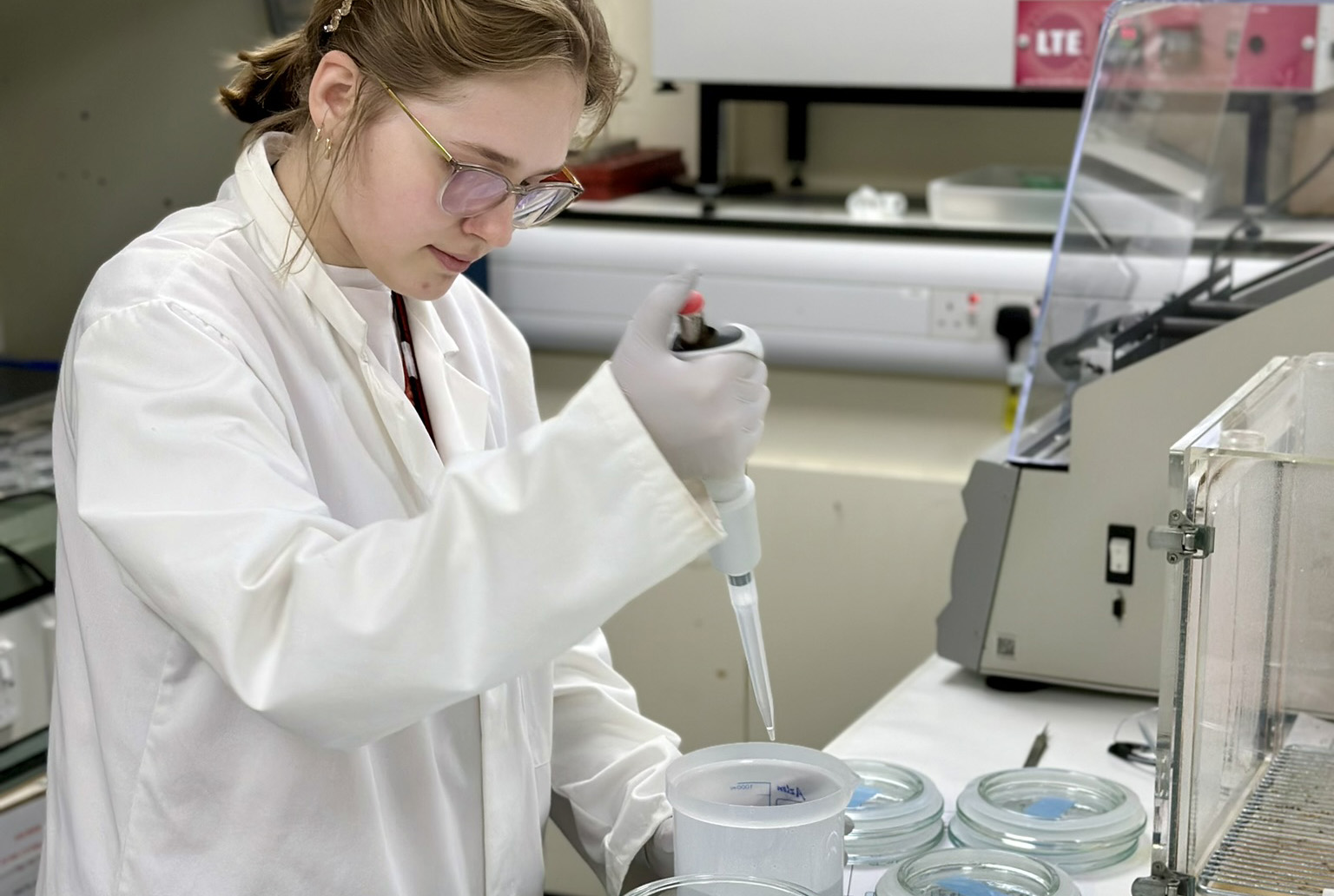
Exploring the role of stable isotope geochemistry in nuclear forensics
09/10/2024
Paulina Baranowska introduces her PhD research investigating the use of oxygen isotopes as a nuclear forensic signature.
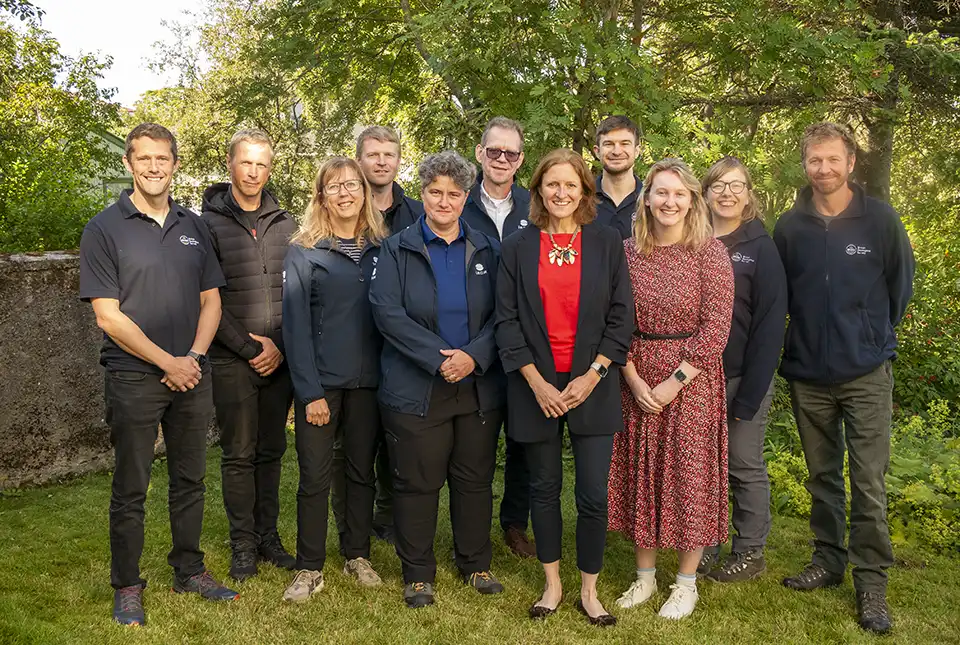
BGS collaborates with Icelandic colleagues to assess windfarm suitability
03/10/2024
Iceland’s offshore geology, geomorphology and climate present all the elements required for renewable energy resources.

Mining sand sustainably in The Gambia
17/09/2024
BGS geologists Tom Bide and Clive Mitchell travelled to The Gambia as part of our ongoing work aiming to reduce the impact of sand mining.



